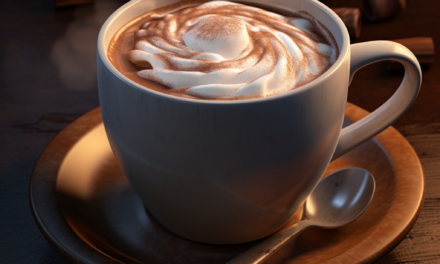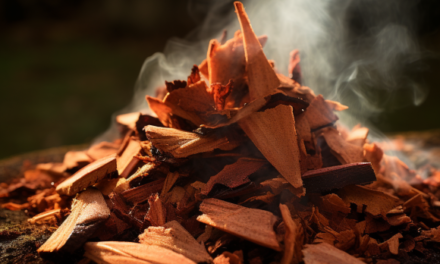Creaming is an essential technique in baking, especially when preparing cakes, including Bundt cakes. It involves beating together butter and sugar to incorporate air into the batter, resulting in a light, fluffy texture. This technique plays a significant role in the structure and tenderness of cakes, making it a crucial step for many recipes.
How to Cream Butter and Sugar:
- Choose Room Temperature Ingredients:
Ensure that your butter is at room temperature—softened but not melted. Cold butter will not mix well with the sugar and can lead to a dense cake. Room-temperature butter and sugar blend together more easily, creating a smooth mixture that traps air for a lighter cake. - Use the Right Equipment:
A stand mixer or hand mixer with a paddle attachment is ideal for creaming. Start at a low speed to combine the butter and sugar, and gradually increase to medium speed. This prevents the sugar from flying out of the bowl. - Beat Until Light and Fluffy:
Cream the butter and sugar for at least 3-5 minutes until the mixture is pale and fluffy. The sugar granules should be mostly dissolved, and the texture should feel light and airy. - Incorporate the Eggs Gradually:
After creaming, eggs are typically added one at a time, and each one should be fully incorporated before adding the next. This helps create a smooth batter without overworking the mixture.
Why Creaming is Important:
- Texture and Structure: Creaming adds air into the batter, contributing to a light, tender crumb. This is especially important for Bundt cakes, which are often larger and benefit from a lighter texture.
- Flavor Development: As the butter and sugar are creamed, their flavors meld together, which enhances the overall taste of the cake.
By mastering the creaming technique, you ensure a beautifully textured Bundt cake with a fine crumb and a soft, melt-in-your-mouth texture. Perfecting this step will lead to a cake that’s moist, fluffy, and absolutely delicious!






